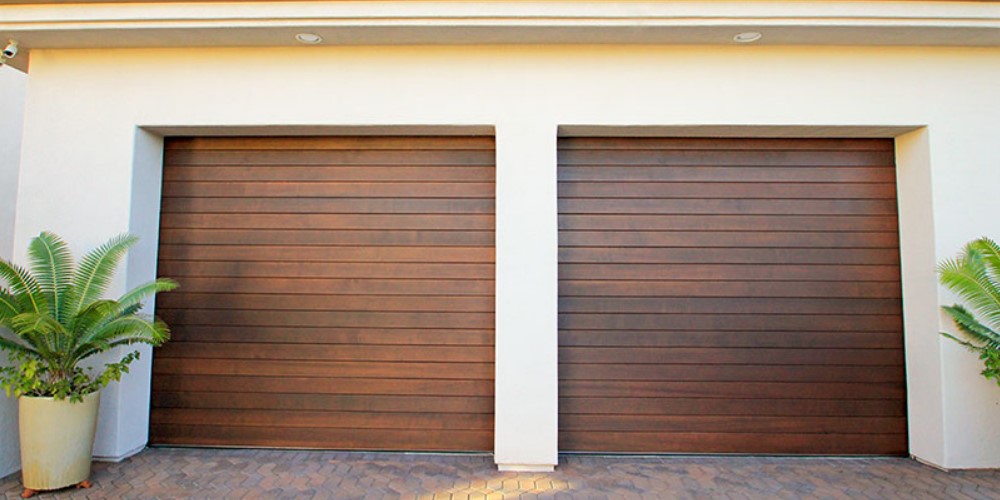These days, more and more homeowners are going with a flush panel garage door. They come in many different styles to suit any home’s needs – from budget conscious options for small spaces all the way up through custom designed features that will make your house stand out among others on its block! But before you buy one of these beautiful but tricky pieces o’ machinery (they can be trouble!), here is some advice about what questions should top every buyer’s list when they’re looking at them closely:
Problems with flush panel garage doors
Some problems with flush panel garage doors may not be immediately visible, but they can cause major problems with the overall door. For instance, if one panel has a hole, it may not open correctly or jam up when closing or opening. In such a case, it may be best to replace the entire door rather than replacing the damaged panels.
In some cases, the trim board might be too close to the door, causing the door to hang unevenly. This will place uneven pressure on the hinges, causing them to warp and loosen. This can also put stress on the door’s tracks and rollers. It’s important to find out the exact location of the trim board so that it does not interfere with the door’s operation.
Safety precautions to take
When using flush garage doors, there are some safety precautions you should take. First, you should always lock the door. This is to prevent someone from accessing your garage. Also, the remote control of the door should be kept away from small children so that they don’t play with it. You should also know where the emergency release button is located.
Secondly, make sure that the door is properly leveled. Some flush doors have large gaps under them. Mice can get in and out of these spaces. Finally, make sure that you keep the door clean and free of obstructions. There are videos available online that explain how to balance and level a flush door.
Cost of installing
The cost of installing a flush garage door varies depending on the material used, style, and other factors. Some materials are not recommended for certain areas, so you must check the building code of your area to determine which materials are best for your garage door. The most common variable in garage door costs is the style of the door. For example, a solid wooden door will cost less to install than a sectional design. Another option is a tilt-up garage door, which is cheaper to install than a sectional door.
Single-panel garage doors cost less than sectional designs, ranging from $400 to $1,200 per door. They are more affordable than other styles because they are composed of a single unit that slides into the space above the car when opened. These doors are also typically fitted with springs and hung on a solid hinge system. However, these doors can be less safe than other options. Additionally, they can cause damage to your property if the springs become over-extended.
Additional considerations
When choosing a garage door, you should also consider the wind load rating. This is the amount of wind pressure that the door can withstand before it gives way. The ratings are usually listed in pounds per square inch (PSI). A higher PSI rating means that the door is better able to withstand high winds.
If you live in an area that is prone to hurricanes or other severe weather conditions, you should definitely choose a door with a high wind load rating. Additionally, if you have a large garage door, you may need to purchase additional hardware to reinforce it.
You should also consider the R-value of the door. This is a measure of the door’s thermal efficiency. The higher the R-value, the better insulated the door is. This is important if you have a workspace in your garage or if you want to use your garage as extra storage space. A high R-value will also help to keep your energy bills low.
